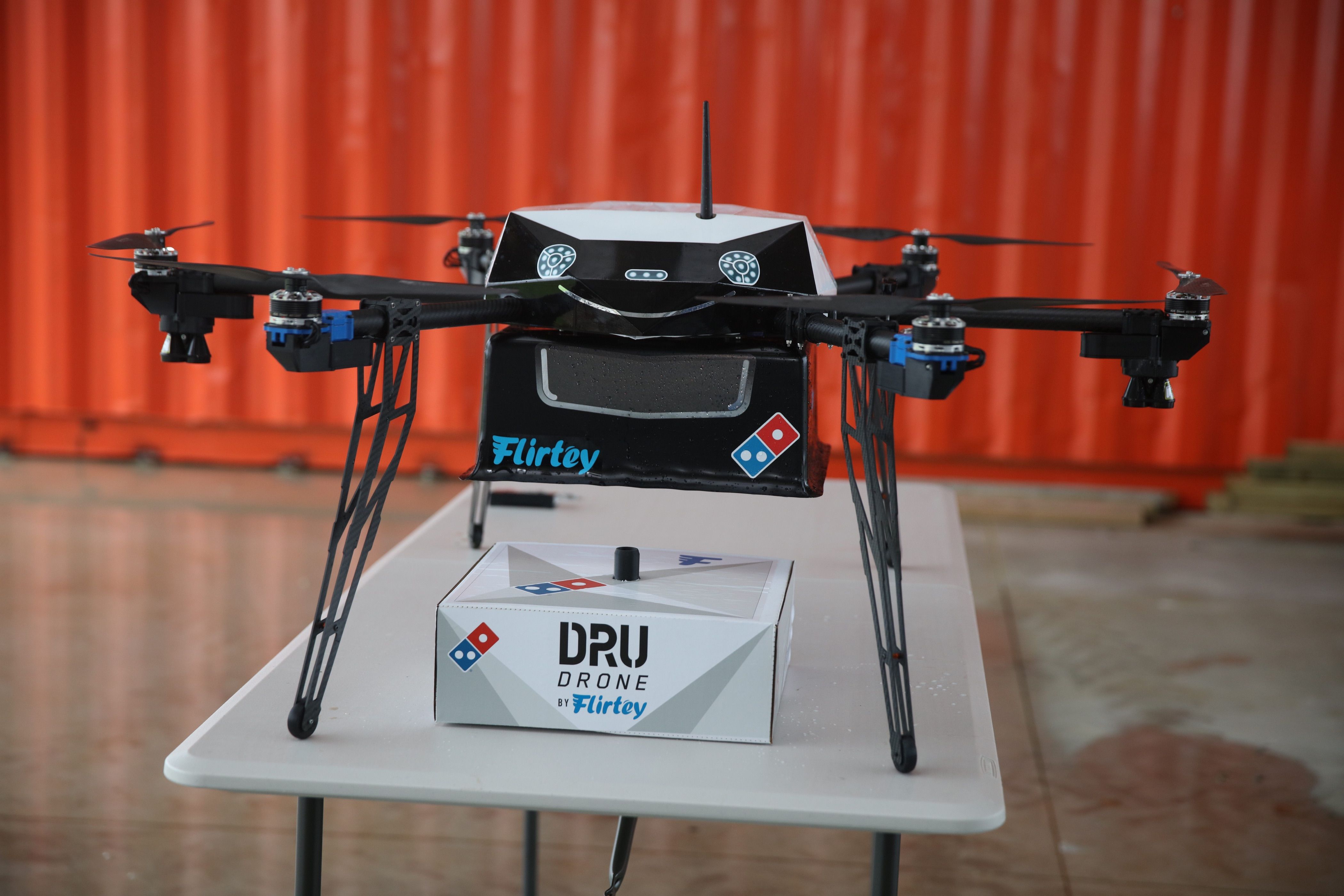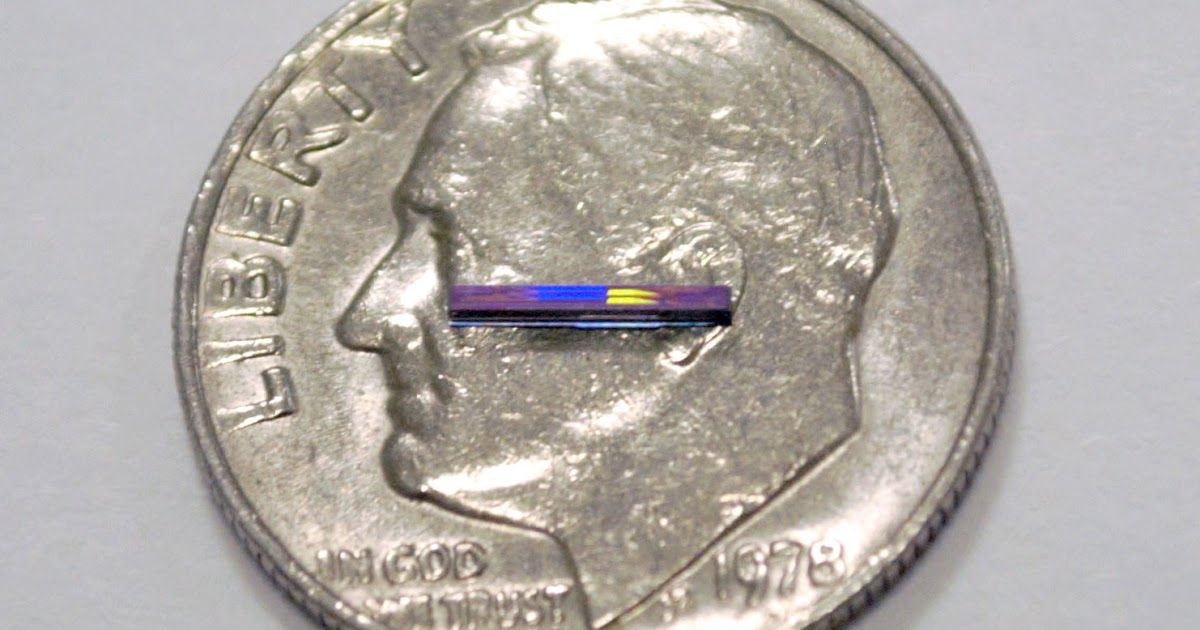Luv this article because it hits a very important topic of how will things change with BMI/ mind control technology in general. For example with BMI will we need wearable devices? if so, what type and why? Also, how will banking, healthcare, businesses, hospitality, transportation, media and entertainment, communications, government, etc. in general will change with BMI and AI together? And, don’t forget cell circuitry, and DNA storage and processing capabilities that have been proven to date and advancing.
When you take into account what we are doing with synthetic biology, BMI, AI, and QC; we are definitely going to see some very amazing things just within the next 10 years alone.
Neuroscientists have just demonstrated that we can control drones with our minds. Find out how this shapes the future of digital marketing.





